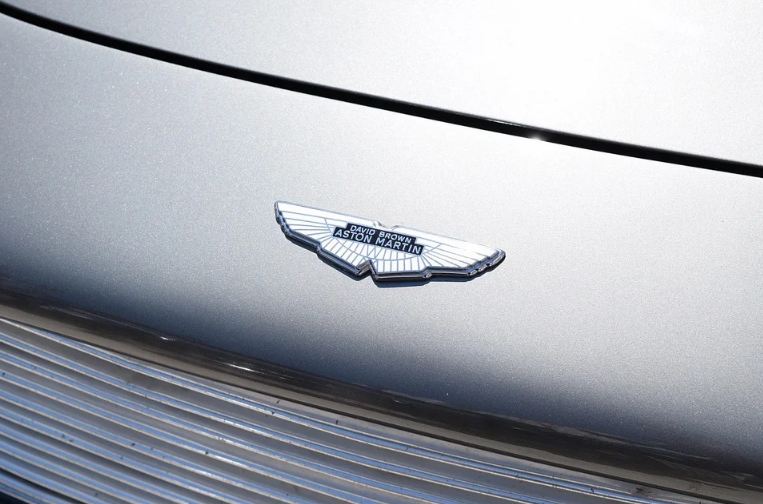The Bulldog is a rather peculiar vehicle for Aston Martin, as it featured a futuristic, low, and sleek appearance that one couldn’t find in any Aston Martin vehicle from the 1970s, which was the period where the Bulldog was released. Aston Martin was planning to produce 15 to 25 Bulldogs in 1979, but because its parts cost too much for the company, only one unit was made, and that was the prototype. Since there was only one Bulldog made, the car is considered as one of the rarest cars in the world. To learn more as to who designed the car and what pushed the company to discontinue it, here is the interesting history of the Aston Martin Bulldog.
Origins of the Bulldog
Before the Bulldog was shown to the public, designer William Towns gave the code name “DP K901” for it. The “K9” in its code name came from the name of the robot dogs that are often seen in several episodes of the hit British television show called Doctor Who. Interestingly, the Bulldog somehow resembles the K9 robot dogs because of its metallic or silver interior and its boxy design.
While helping in building the Bulldog, Towns insisted that it should be equipped with a 5.3L V8 engine that connects to two Garrett turbochargers in order for the vehicle to have a “sports car-like” performance. Because of its powerful engine, Aston Martin once stated that the Bulldog is capable of moving for up to 237 miles per hour; however, the official records show that the fastest speed that the prototype Bulldog was able to achieve was only at 192 miles per hour, and this speed was recorded during a test run by the company at the MIRA test track in 1979.
After testing the capabilities of the Bulldog, Aston Martin decided that they should reveal their new vehicle at a grand event. That event turned out to be the one that was organized at the Bell Hotel at Aston Clinton, a historic village found in Buckinghamshire, England, on March 27, 1980.
Before the unveiling, the design team spent one week of non-stop tweaking to the Bulldog so that it would perform and look better than in their initial test run. In the Bell Hotel, the Bulldog was behind closed curtains to surprise audience members at the venue. Co-chairman Alan Curtis first gave a speech about the achievements of the company in the 1970s before officially revealing the Bulldog to the audience. After the curtains were pulled back, the Aston Martin Bulldog’s headlights were turned on by its driver, who was company engineer Keith Martin, and its iconic electrically-powered gullwing doors opened up in just a press of a button. Even though the Bulldog was not the first car to have gullwing doors, the technology still produced hype among the audience and left them speechless, although it was also the car’s unique design that left them surprised.
The prototype Aston Martin Bulldog was redesigned to be the first unit in the line, and it was supposed to be bought by the Sultan of Oman. However, because of the ongoing tensions between Russia and the Middle East during that time, the Sultan of Oman dropped out from buying the Bulldog. Before looking for another potential buyer, Aston Martin was already having problems with keeping the cost down for parts and the manufacturing process of the vehicle, as the prototype is reported to have cost them around 130,000 euros to build. Because of the expensiveness of building the Bulldog, Aston Martin decided that the car would only be a one-off, which means that no other unit would be produced for the model. Furthermore, the expensive price tag made it difficult for the company to sell the vehicle.
Thankfully, after four years, they were finally able to sell the Bulldog for 130,000 to the prince of Saudi named Muhammed bin Saud, who agreed to cover what Aston Martin lost for building the car. The Saudi prince would later sell it to an unnamed American collector, but that collector would also sell it to another that is based in the United Kingdom.
For some unknown reason, the Aston Martin Bulldog came back to the United Kingdom with a metallic green color as opposed to its original silver color. In addition, the interior of the Bulldog was also changed, as it now sports light tan seats and dashboard instead of the original dark brown seats and black dashboard. The Aston Martin Bulldog cannot be driven for a test drive anymore, as its engine, as well as the other parts that make it work, are no longer functioning. However, its current British owner is looking for ways to make the Bulldog run again, although it would take plenty of cash and time before the Bulldog can hit the road once again.


